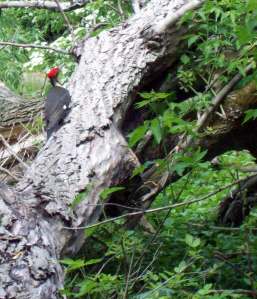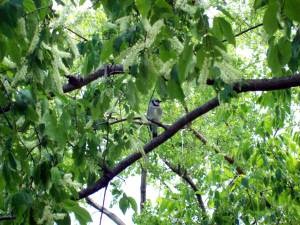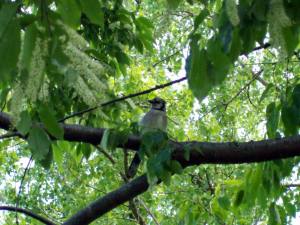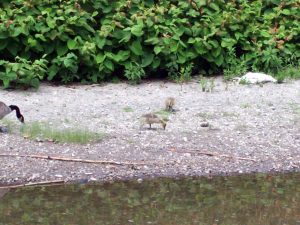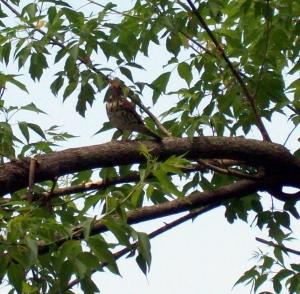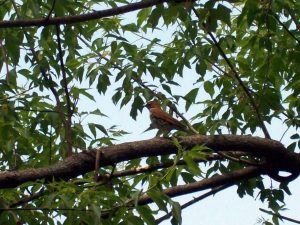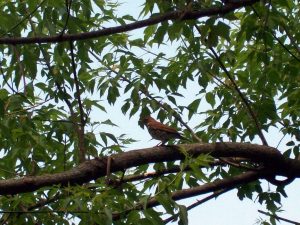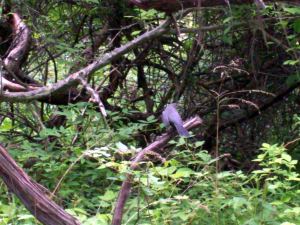Rafael Correa, president of Ecuador, has announced that he wants other countries in the world to pay his country over 5 billion dollars so that they do not drill in Yasuni National Park. This demand increases the prviously desired amount Ecuador wanted to be paid not to drill in the area. According to Correa, the international community should compensate Ecuador for their efforts to prevent pollution, maintaining biodiversity, and fighting poverty. They decided on this amount after calculating the amount of carbon that would be spewed into the atmosphere if drilling had occurred.
This park is a UNESCO world biosphere reserve, meaning that it is an important ecological area full of biodiversity. There are an estimated one millions barrels of untapped crude oil under the national reserve. This presents an interesting dilemma for Correa whose administration is apparently relatively environmentally concerned, but also a struggling member of OPEC (also surprising).
I, personally, do not know how we have gotten to this point. We are holding our wilderness areas hostage. This is no way to treat a truly limited resource.

